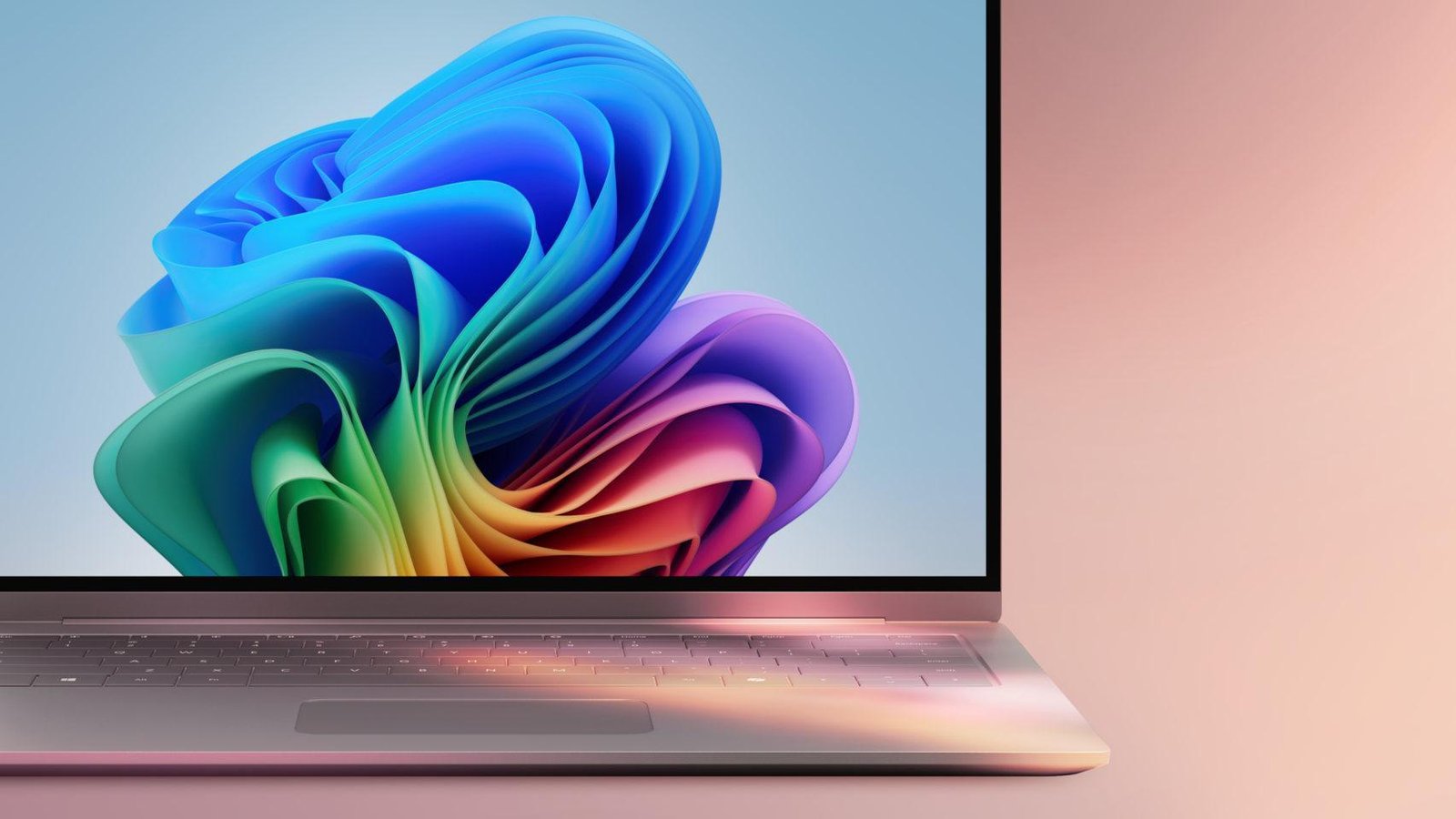Google has changed forever. The company is already 100% focused on AI, for better or worse, and that is being noticed in absolutely all its services and applications; It is a bet that, for the moment, is successful, especially with Gemini, the rival of Chatgpt.
But Google’s commitment to AI goes far beyond the services aimed at the end user, and today we have had a good demonstration of this with the Google Cloud Next 25the event focused on the Google cloud platform that in this edition has completely embraced AI in all its branches and capabilities.
Not surprisingly, Google presumes that Google Cloud is the only optimized platform for AIwhich allows us to use all kinds of models, both those of Google itself and open models and Mistral call through the VERTEX AI developer platform. But of course, Gemini’s adoption, now in its 2.5 version, is the main protagonist of the novelties, since it is the model that allows applications to be designed, to attend the development of the source code and generate automatic tests.
Agents are the new trend in the sector, and how could it be otherwise, VERTEX ai adds with new ways to manage multiagente ecosystems. Remember that the agents are autonomous systems that can perform actions without human intervention; For example, to automate usual tasks. The great novelty is the new A2A (Agent2agent) protocol, which allows safe communication between several agents through different platforms.
VERTEX AI not only serves for the development of applications and the creation of agents, it has also become the only platform with multimedia generation models capable of creating video, images, voice and music. To do this, VERTEX AI now supports the Lyria text to music, which It allows to generate songs and musical themes based on user suggestions; In addition, I adopt I see 2 for video, Chirp 3 for speech recognition in more than 100 languages, and image 3 for image generation.
Google demonstrated these capabilities creating a video about a concert, in which all the elements were generated by AI, including background music. The interesting thing is that these models are capable of Modify elements to user’s taste. For example, if in one of the videos generated a person in the background appears, we can indicate to the AI that eliminates it and generate a new video, identical to the previous one, but without that concrete element, something that until now was very difficult as anyone who has created images or videos for ia knows; Due to the nature of the generative AI, they generate a different result on each occasion, but Google models allow working with a higher level of precision. Google presumes that VERTEX AI is the only platform that offers multimedia generation models through all modalities, which allows you to create complete productions simply starting from text.
Google Workspace, the company’s office suite, has also received new functions based on AI, including Audio functions on Google Docs; It is inspired by the great success that Notebooklm has had, one of the most popular Google -based apps thanks to its function that allows you to create audio podcasts based on text documents.
Similarly, Google Workspace users can Create audio versions of your documentsor generate podcasts that summarize the content and focus on the most important sections. Google defines it as “a new way of interacting with the content” and will be available as Alpha throughout this quarter.
These and other functions are possible thanks to Last great advance of Google Hardware: Ironwooddefined as the first TPU (Tensioner Processing Unit) of Google for the era of inference. It is the most powerful and scalable accelerator of Google to date, and represents a “significant” change in the development of AI and the infrastructure on which it depends. Instead of focusing on “responsive” models that offer real -time information, commitment to “proactive” models such as AI agents, which obtain and generate data on their own to offer perspectives and responses, not only data.



